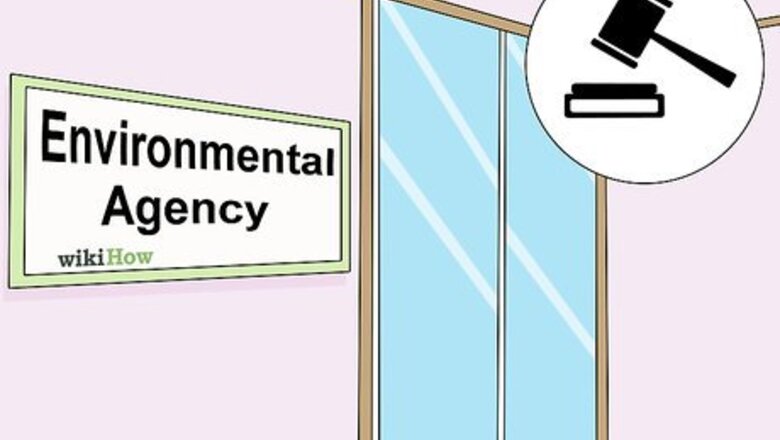
views
Ensuring Safety
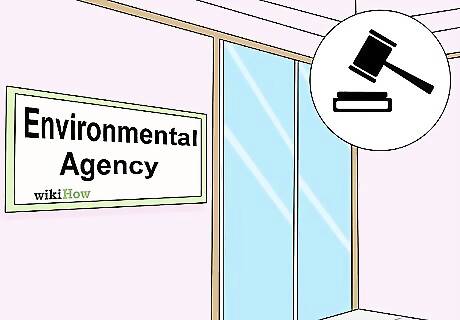
Comply with local laws. Different nations have different laws governing how and if you can clean asbestos. For instance, the United States allows individuals to clean asbestos-contaminated materials from the interior but not the exterior of their homes. When cleaning asbestos from public places or other buildings, you might need to be a certified asbestos professional. Check with your local or national environmental department before undertaking an asbestos-cleaning project. You can find these laws by contacting your local environmental department or agency.
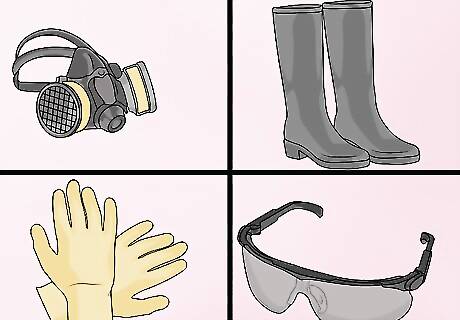
Exercise proper safety precautions. An approved respirator is a must. When cleaning asbestos, a single disposable paper dust mask is not enough. Instead, use a full or half face-piece, negative pressure, air-purifying respirator with replaceable high-efficiency filters. Alternately, use a half or full facepiece powered air purifying respirator with replaceable high-efficiency filters. Additionally, wear disposable rubber gloves and a disposable coverall. Cover your eyes with safety goggles. Wear rubber boots with disposable covers. Do not handle asbestos-containing materials with your bare hands.
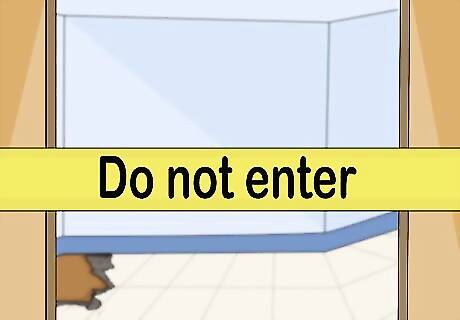
Isolate the area in which you’ll be cleaning asbestos. Before cleaning asbestos, let others know you’ll be doing so. This will prevent them from coming into contact with asbestos. If you’re in a high-traffic area or a public space, ensure you block the area off using safety tape or by some other means (“Do not enter” signs, for instance) to prevent others from wandering into the area you’re cleaning. If you’re cleaning asbestos outside, let neighbors know what you’ll be doing. Advise them to close their doors and windows.
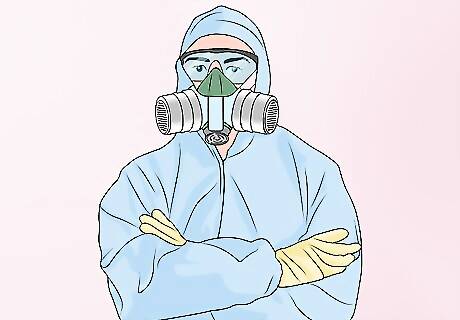
Consider hiring an asbestos professional. If you are not an asbestos professional or if you do not feel confident enough to navigate the system of laws governing asbestos cleaning procedures in your jurisdiction, you might want to get a professional to clean asbestos for you. This ensure that you stay out of harm’s way, and that someone with experience will effectively clean asbestos for you. Before hiring an asbestos professional, contact the local agency that governs worker safety, your local environmental department or agency, and your local business bureau. Ask if the contractor has any safety violations or legal actions against them. If the individual or firm in question has any violations or pending legal actions against them, seek another contractor. If you live in a location where asbestos contractors are required to obtain certification and training before cleaning asbestos, ask for proof of this training and certification before hiring them. If the contractor lacks proof of training and accreditation, seek another.
Undertaking an Operations and Maintenance Program
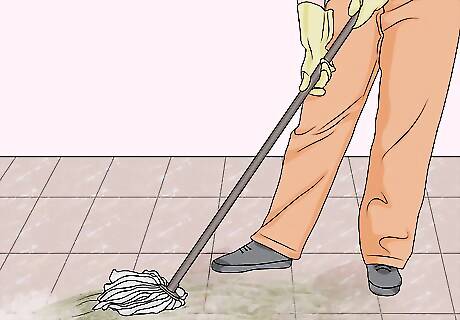
Use a wet cleaning method. Wet cleaning asbestos involves mopping the floors and using damp rags to wipe down floors and other surfaces that have been contaminated with asbestos. When cleaning is complete, discard mop heads and rags used to clean asbestos along with the rest of your asbestos-contaminated materials. If working on roof, do not attempt to use wet cleaning methods if it creates a slipping hazard (for instance, if you’re cleaning asbestos from a roof that is angled steeply).
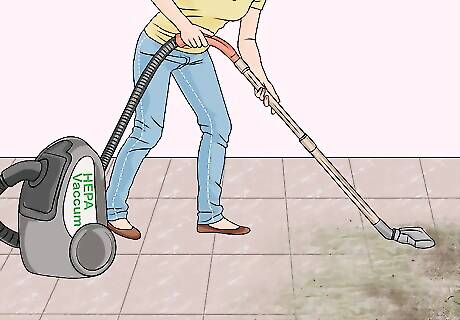
Vacuum the asbestos. Specialized devices known as HEPA (high efficiency particulate air) vacuums can substitute or accompany wet cleaning methods. HEPA vacuums work the same as regular vacuums. In other words, you can use the HEPA vacuum to clean asbestos by turning it on and running it across the surfaces affected by asbestos. Consult manufacturer directions before using the HEPA vacuum. Take care when changing the filters and emptying HEPA vacuums. Doing so incorrectly could risk releasing asbestos materials. Before emptying the vacuum or changing the filter, move it to an isolated area and dress in the same protective gear you would when cleaning asbestos.
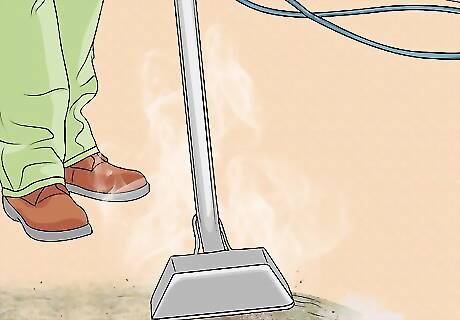
Steam clean affected carpets. If asbestos-contaminated material was released over a carpet, you might need to utilize a steam cleaner in conjunction with HEPA vacuums to take clean the asbestos. All steam cleaners are slightly different, but generally, they work the same way a vacuum does. In other words, plug the device in, then run it across the area of carpet you wish to clean. After you’re done steam cleaning, use the HEPA vacuum on the area you cleaned with the steam cleaner.
Getting Rid of Asbestos Materials
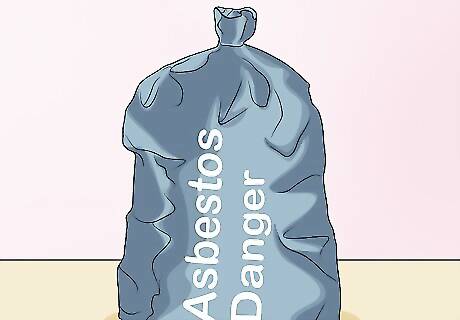
Place all asbestos-containing materials into waste disposal bags. The bags should be double-wrapped (that is, place one sealed bag inside another before disposal). The bags should be approved for use with asbestos waste.

Dispose of polyethylene sheeting. Fold the polyethylene sheeting you used to protect the walls and floor. Once it’s folded up to a manageable size, roll it tightly. Fold again if necessary. Stuff the sheeting into a waste bag, seal it, then bag it again just as you did with the rest of the asbestos-containing debris.
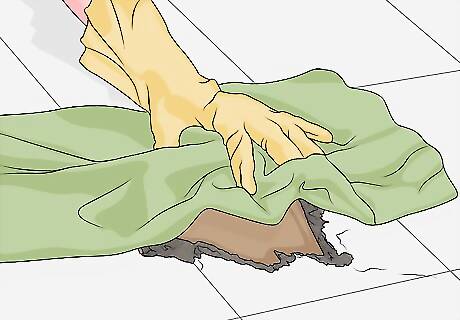
Wipe down all surfaces. Using a damp cloth, wipe the floor, wall, counter, and other surfaces that may have come in contact with asbestos fibers. Do not use a vacuum or broom to clean asbestos. Doing so will only cause the fibers to scatter. If you’re cleaning asbestos from a roof, do not wipe down the surface of the roof if it creates a slipping hazard.
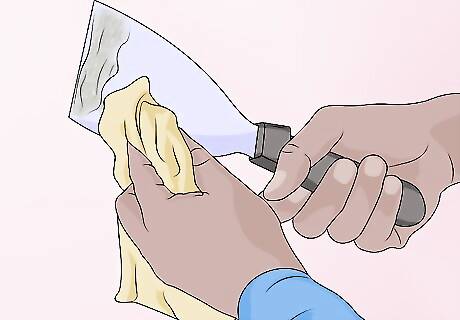
Wipe down your equipment. Use a damp cloth to wipe down any tools you may have used to access or remove asbestos. Don’t re-use cleanup rags. When you use a rag to wipe something down, discard it.
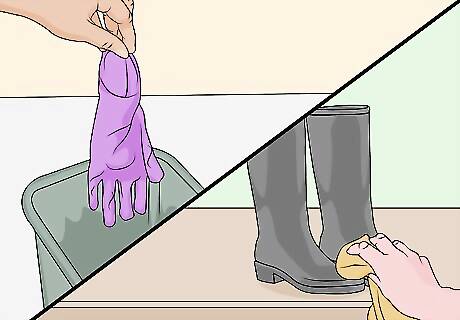
Remove your protective gear. Take off your disposable gloves and coverall and put them in the bin with the asbestos you cleaned. Wash or wipe down any reusable gear like rubber boots and plastic protective eyewear. Leave your respirator on until everything is wiped down or enclosed appropriately in disposal bags.
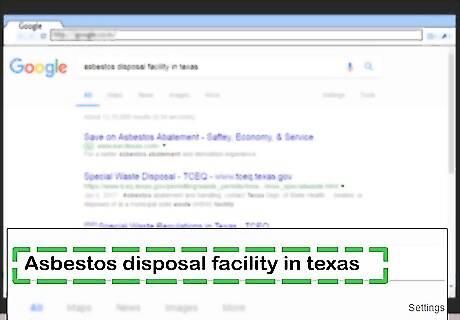
Locate an asbestos disposal facility. In most areas, you cannot just throw your asbestos-contaminated materials out in a rubbish skip or curbside bin. Instead, find an asbestos disposal facility nearby. To locate an asbestos disposal facility, contact your local environmental agency and ask for the location of such a facility. Alternately, use the internet to search for one in your area. Just enter a word string like “asbestos disposal facility [your town]” to identify locations you might be able to drop your asbestos-contaminated materials off.
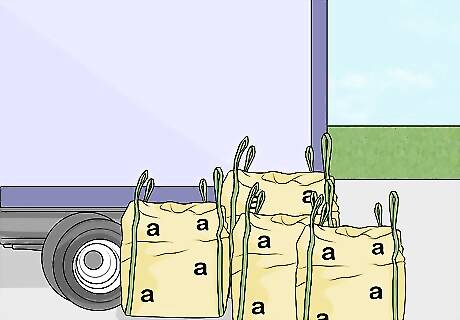
Drop your asbestos-contaminated materials off. Once you’ve located a facility in your vicinity, contact them and find out when and how you can drop the materials off. Ask the facility personnel about their requirements when dropping off asbestos-contaminated materials. Some facilities have special labeling requirements for your bags. You might also need to submit a form describing the nature and origins of the asbestos-contaminated material before the drop-off facility accepts it. Transport the asbestos-contaminated material to the facility in a covered truck to prevent the accidental spillage of asbestos into the air.




















Comments
0 comment